Im learning how to create circular plots in R, similiar to CIRCOS Im using the package circlize to draw links between origin and destination pairs based on if the flight was OB, Inbound and Return. The logic fo the data doesnt really matter, its just a toy example
I have gotten the plot to work based on the code below which works based on the following logic
- Take my data, combine destination column with the flight type
- Convert to a matrix and feed the origin and the new column into circlize
library(dplyr)
library(circlize)
# Create Fake Flight Information in a table
orig = c("IE","GB","US","ES","FI","US","IE","IE","GB")
dest = c("FI","FI","ES","ES","US","US","FI","US","IE")
direc = c("IB","OB","RETURN","DOM","OB","DOM","IB","RETURN","IB")
mydf = data.frame(orig, dest, direc)
# Add a column that combines the dest and direction together
mydf <- mydf %>%
mutate(key = paste(dest,direc)) %>%
select (orig, key)
# Create a Binary Matrix Based on mydf
mymat <- data.matrix(as.data.frame.matrix(table(mydf)))
# create the objects you want to link from to in your diagram
from <- rownames(mymat)
to <- colnames(mymat)
# Create Diagram by suppling the matrix
par(mar = c(1, 1, 1, 1))
chordDiagram(mymat, order = sort(union(from, to)), directional = TRUE)
circos.clear()
I like the plot a lot but would like to change it a little bit. For example FI (which is Finland) has 3 measurements on the diagram FI IB, FI OB and FI. I would like to combine them all under FI if possible and distinguish between the three Types of flights using either a colour scheme, Arrows or even adding an additional track which acts as an umbrella for IB OB and RETURN flights
So for Example,
- FI OB would be placed in FI but have a one way arrow to GB to signify OB
- FI IB would be placed in FI but have a one way arrow into FI
- FI RETURN (if it exists) would have a double headed arrow
Can anyone help, Has anyone seen anything similiar been done before? The end result should just have the countries on the plot once so that someone can see very quickly which countries have the most amount of flights
I have tried following other posts but am afraid im getting lost when they move to the more advanced stuff
Thank you very much for your time

